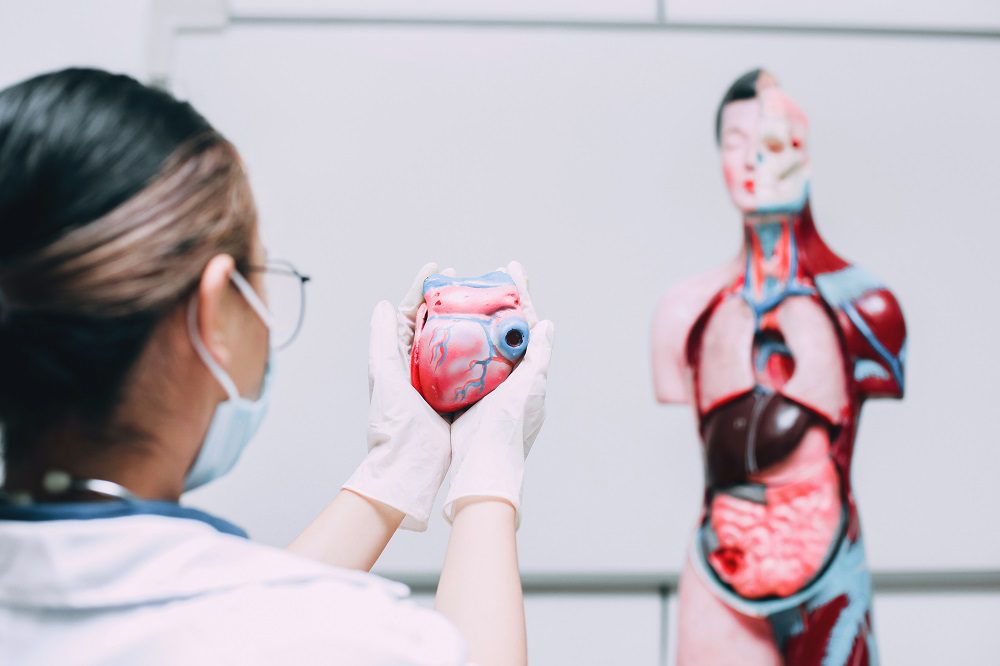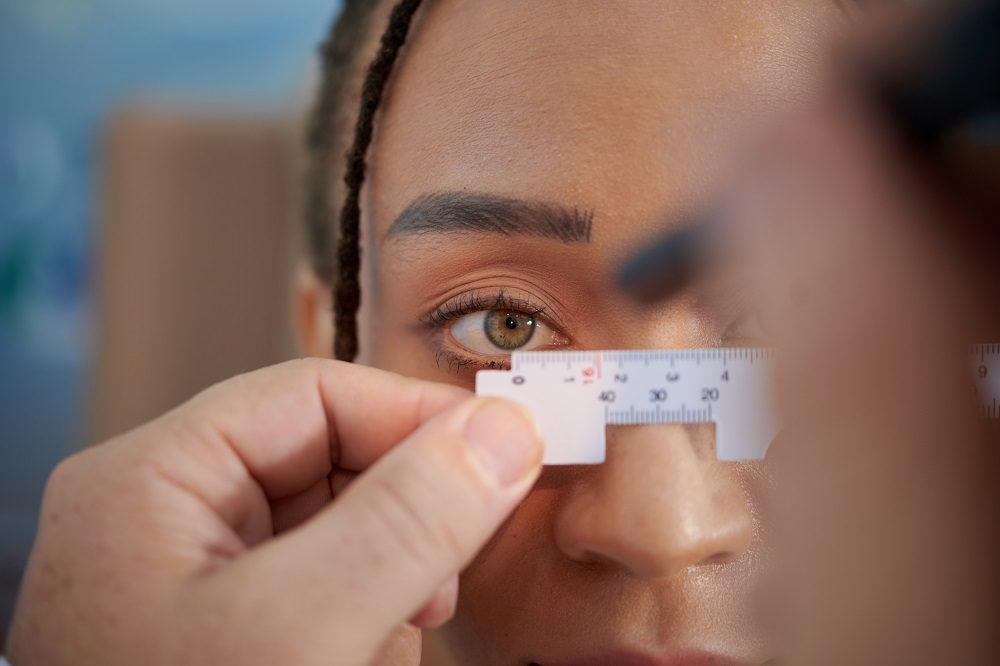Doctors can replace these 10 body parts!
Medical science and biotechnology have saved thousands of lives, especially since prostheses have been discovered and improved over the decades. The days when your life was over after losing a limb or two are gone. Now, doctors can replace any limb with the latest prosthetics.
Mind-Bending Facts decided to honor this achievement in human endurance and all this scientific effort, so we’ve made a list of body parts that can be easily replaced if lost. After reading this piece, you will regain your faith in humanity and technology, so let’s dive into the matter and find out how medical science saved our lives once again!

Heart muscles
The World Health Organization (WHO) explains how more and more people lose their lives every year due to several heart diseases. Some of the factors that lead to this are stress and an unhealthy lifestyle, which might cause your heart to give in.
Well, in the last ten years, various researchers from the Massachusetts General Hospital have marked significant improvements in the bio-engineering of human hearts using the latest technology. Talking about replacing body parts: if they can replace our hearts, they surely can replace anything else!
Apparently, these hearts are made from other pieces coming from donors’ hearts that were gently stripped of their cardiac muscle cells and combined with the patient’s stem cells.
Ears
Nowadays, you can easily print anything, including sculptures, usable plastic parts, and other mechanisms. Well, as expected, you can now print prosthetic limbs and ears, and let me say that we’re not talking about just any kind of hearing. We’re talking about superhuman hearing.
At first, they make the molds, which are constructed with photogrammetry, to map out all the insides and corners of your ear. The mold only takes one day to make and a couple of minutes to inject with living cells before the transplant. Nowadays, doctors can replace ears, too—ears that can pick up frequencies that humans can’t normally hear!

Bones
You can consider yourself lucky if you went through childhood and youth without breaking any bones. After age 20, your bones need way longer to heal for various reasons, as the National Center for Biotechnology explained. When a child breaks a bone, the healing process begins at the time of the fracture.
But for adults, these factors usually need to be reawakened, which leads to a slower healing time. But guess what? Whatever body parts you might break now, there’s something called “injectable bone,” which is a substance similar to paste made from (you guessed it) calcium phosphate and calcium sulfate. These injectable bones can repair any minor fractures and fill in the missing pieces of your bone.
Pancreas
The pancreas is by far one of the most important organs in our bodies (except for the heart and the brain). The pancreas is in charge of adjusting our digestion and blood sugar levels. Well, if you ever have problems with your pancreas and you find out that the doctors need to remove it, you’d be glad to know that now there is something known as the Artificial Pancreas Device System (APDS), which successfully mimics the functions of the pancreas.
Moreover, it is categorized into two devices: a continuous glucose monitoring system and an insulin infusion pump. According to the US Food and Drug Administration, in the near future, the APDS will successfully adjust insulin delivery to reduce your high blood glucose levels and minimize the incidence of low blood glucose as much as possible.
Limbs
Nowadays, doctors can replace your limbs with ease. We’re all accustomed to the touching story of a soldier returning from war with a missing limb or a regular person receiving a second chance at life through advanced technologies.
Well, technological innovator Hugh Herr inspires nature when it comes to creating bionic limbs. His creations use complex algorithms that can simulate and emulate the functions of every fiber of muscle and tendon, no matter the speeds and tensions. When it comes to replacing body parts, limbs now have some of the most advanced technologies ever.
Hands
Similar to arms and legs, hands are also replaceable. In fact, researchers from the University of Chicago are currently developing a prosthesis that might be able to send and receive signals to the brain through an intricate direct interface.
This way, the wearer might actually have the chance to regain their sense of touch. Thanks to advanced technology, you can now replace these body parts, too, and restore full hand function to all affected patients. However, you might want to carefully listen to the indications, advantages, and disadvantages that hand transplantation might come with.

Eyes
Enucleation is a complicated process where an infected area or damaged eye is carefully removed, and then doctors replace it with an ocular prosthesis. This process is available thanks to the medical researchers at Weill Cornell Medical College, who successfully developed an artificial retina that’s 100% able to restore your sight. Initially, it was tested on mice and monkeys, as they discovered that their retinas are very similar to humans. Researchers are positive that this artificial retina might show astounding results that could eventually restore the sight of those who tragically turned blind or were born blind.
Fingers
Fingers are another essential part of our body, especially when it comes to human interactivity and functionality. Before, losing your fingers basically meant losing your independence and full functionality, with everyday tasks becoming increasingly more challenging.
Now, if something happens to your fingers, doctors can replace them. In fact, no finger can compare to Finnish programmer Jerry Jalava’s invention, which fitted a prosthetic thumb with a flash drive right in the prosthesis’s nail. In fact, let’s be honest: it is literally a thumb drive. Isn’t technological advancement just wonderful?
Skin
If you ever played a trivia quiz, then you must know that the skin is the biggest sensory organ in our body. However, skin grafting is just as susceptible to regular procedural risks as any other given operation.
Fortunately, Zhenan Bao, a chimerical engineering professor at Stanford University, is trying to develop an artificial skin graph that accurately mimics the function and feel of regular skin. The results are wildly promising, as Bao has already registered a breakthrough in her work by giving the artificial skin the miraculous ability to feel pressure. Soon enough, doctors will be able to replace the skin, too.
Bladder
Whether you believe it or not, your bladder is irreplaceable. The process is commonly known as an orthotopic neobladder procedure. The first successful procedure was originally performed on a dog, but over time, scientists eventually managed to find ingenious ways to grow their own artificial bladder and transplant it into humans.
These artificial bladders are generally grown from the recipient’s damaged tissue. Doctors could also remove the tissue from the small intestine and build a new bladder. The technique can only be done once they diagnose that the bladder is too damaged to be repaired.
Our bodies’ capacities and functionality are simply astonishing. You can only imagine that to get as far as we managed to in today’s technology, it takes a lot of effort and genius minds, and we shall be forever grateful for them. If you’re interested in reading other articles about the human body, here’s what we recommend: These 10 Weird Genetic Mutations Seem Out of This World









2 Responses
I am sure that there is something out there that can help people with kidney disease.
Why is there no information on replacing the kidney.
What comes to mind for me is there is too much money being made through the system to help these people to have a better quality of life.
This disease cause limbs to be lost, heart failure, it affects all the organs of the body.
The areas listed in this article is all the areas that kidney disease affects.
It do not take a Rocket science to figure out to focus on how to replace the kidney or functions of the kidney. It will resolve all other organ failures that a bad kidney causes!!!!
I like this information.Science us amazing